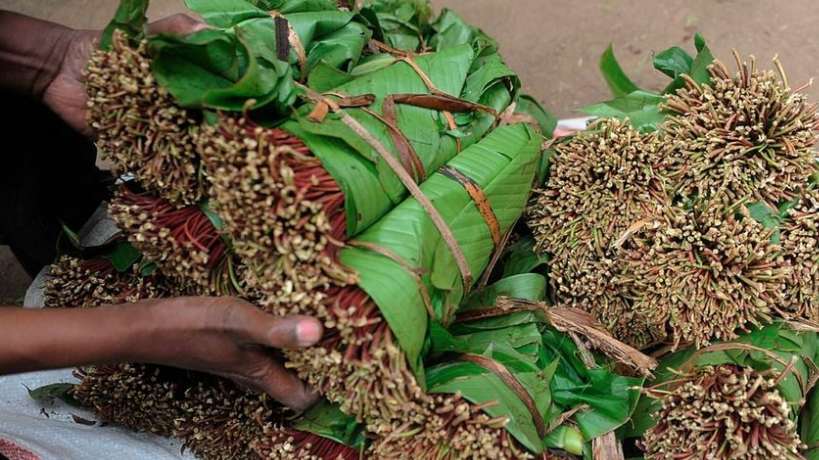
Kagwe: Why livestock vaccination is important
Diseases cause substantial losses in livestock production and productivity.
Grade 1 miraa will now cost Sh1,300 from Sh700 while the price for the same quantity of Grade 2 has gone up to Sh700 from Sh350.
In Summary

The Ministry of Agriculture has announced new miraa prices in a move that has doubled the cost of Grade 1, Grade 2 and Alele varieties.
In a statement to media houses, Agriculture and Livestock Development Cabinet Secretary Mutahi Kagwe said the new prices take effect immediately.
“The government will continue to address the market access challenges to expand on export opportunities in our current and new markets,” he said.
A kilogramme of Grade 1 miraa will now cost Sh1,300 from Sh700 while the price for the same quantity of Grade 2 has gone up to Sh700 from Sh350. The price of a kilogramme of Alale has increased from Sh500 to Sh1,000.
Kagwe noted that the Miraa Pricing Formula Committee was established pursuant to provisions of regulation 29 of the Crops (Miraa) Regulations, 2023 with an objective of providing advisory to the industry regarding the pricing of Kenyan miraa.
“In executing its duties, the committee reviews production data, cost, supply and demand among other parameters to advise the sub-sector,” he stated.
He said the committee met on February 13, 2025, and after considering the submissions by the farmers and traders, advised the ministry on the new prices.
The Ministry of Agriculture and Livestock Development, through the Agriculture and Food Authority (AFA), is mandated to regulate, develop, and promote the Scheduled Crops.
Miraa known botanically as Catha edulis which includes the local variety known as Muguka is a flowering evergreen tree globally known as khat.
Miraa grows naturally in Meru along the Nyambene Hills,
Tharaka Nithi and Embu counties.
The crop has also spread to several other counties as an income diversification boost which include Marsabit, Kirinyaga, Nyeri, Murang’a, Machakos, Makueni, Laikipia and West Pokot.
The majority of households living in miraa growing regions directly depend on it for a livelihood.
It is estimated that over four million people depend on the sub-sector indirectly and about 10 million people use miraa globally daily.
Miraa was declared as a scheduled crop in November 2016 through an amendment to the Crops Act (2013).
Scheduling of the crop allowed
the government intervention in the value chain with a view of development,
promotion and regulation.

Diseases cause substantial losses in livestock production and productivity.

They expressed concern that the high costs of farm inputs will likely affect production